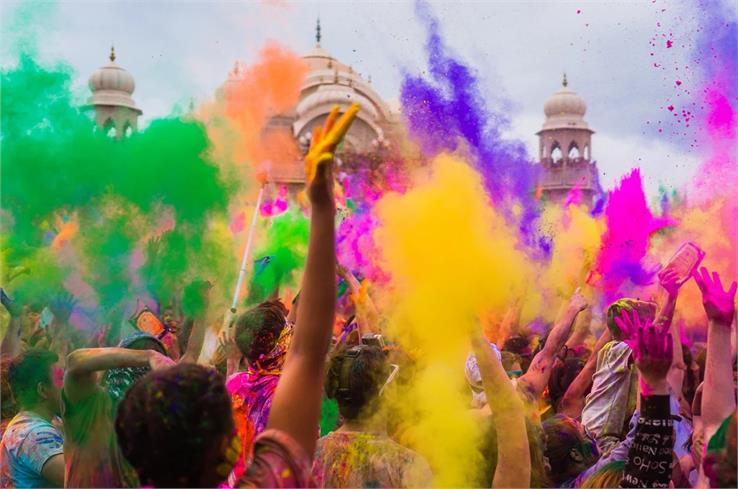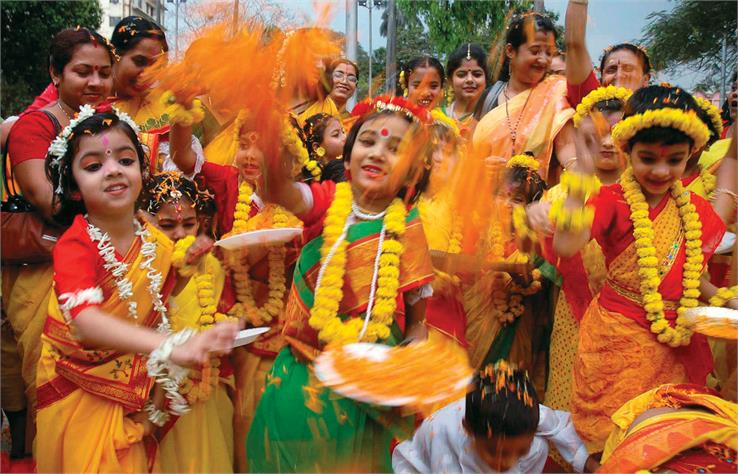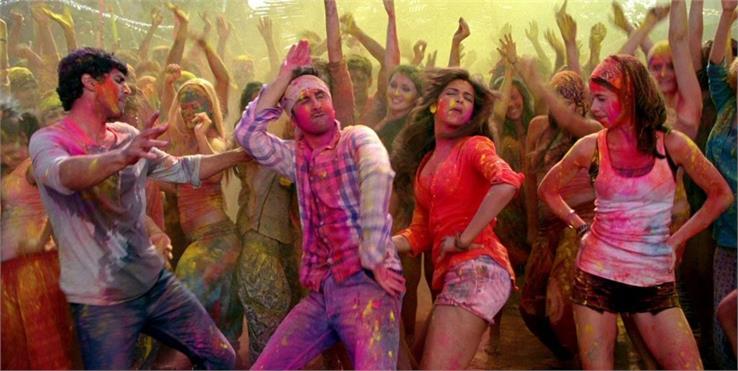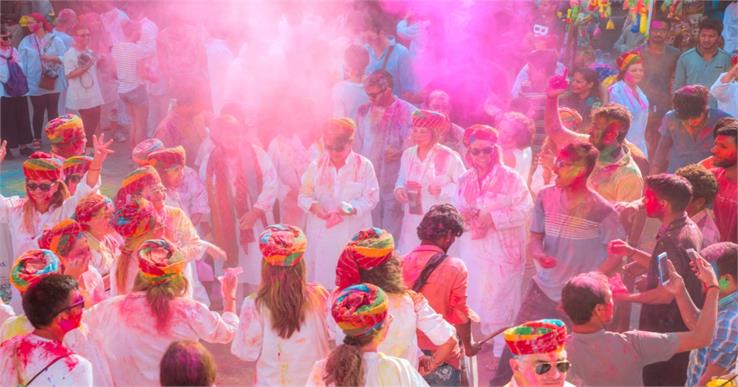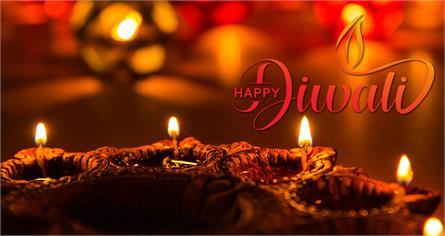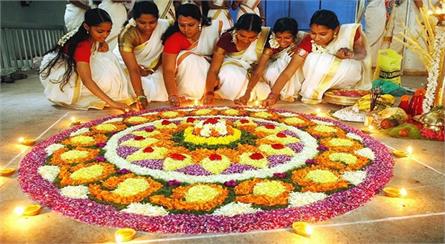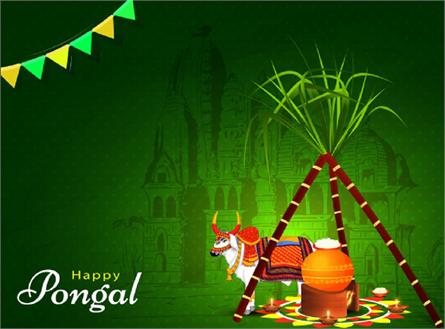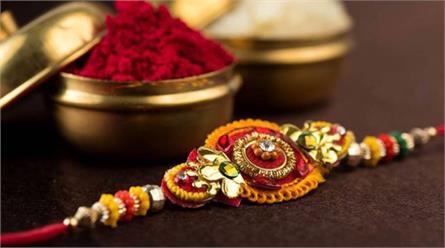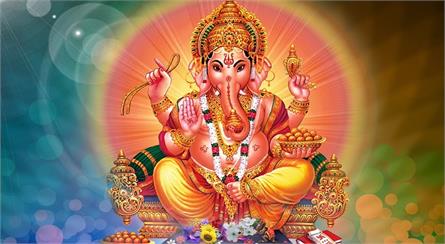Holi - Joyful if played Wholly
One of the most popular festivals of India, Holi, has a special place in the hearts of people. It occurs in the month of March every year. This two days festival is celebrated almost all over the country and in some parts of the world as well. Though being a Hindu festival, Holi is celebrated by mostly all the communities in India. The festival starts a night before Holi with a Holika Bonfire. The bonfire is surrounded by many people who sing and dance in happiness.
What is the history of Holi?
There is a legendary story behind this festival. There was a king named Hiranyakashyapu! He won the whole earth as his kingdom. He was very proud of his power and wanted all the people to worship him instead of Lord Vishnu. Being afraid of his rage, people used to worship him, but his own son, Prahlad was a great devotee of Lord Vishnu. He used to worship Vishnu from all his heart and soul and he used to tell his father to worship him too. Hiranyakashyapu, tried all the possible ways so that his son starts worshipping him instead of Vishnu but all in vain. So, at last, he asked his sister “Holika” to enter fire with Prahlad. He knew that his sister had a boon that she can enter the fire wearing her blessed ‘dupatta’ and the fire could not harm her. So, she convinced Prahlad to sit in her lap and she entered the fire but unfortunately, she got burned and Lord Vishnu saved Prahlad. The people who witnessed the whole scenario were very happy to see the victory of good over evil. From then this day got its name; Holi.
It is called the “festival of colors,” as people throw dry colors and colored water on each other. Everybody forgets their rages and mix up with each other like the colors of Holi itself, and form a new blend of color to start a new beginning! Nobody gets angry if someone throws colors on them, people cheer and say it loud, “BURA NA MAANO...HOLI HAI!!” means, don’t get angry...its Holi time! Holi is celebrated differently in different parts of the country. It has different names but the festival spirit remains the same.
Dhulandi Holi - Festival of Colors
In the state of Haryana, Holi is called Dulandi Holi. On this day, “bhabhi” brother’s wife gets an opportunity to beat her brothers-in-law (devar who is her husband’s younger brother), so all the bhabhi have a right to beat their devars and make them pay off all the pranks they played on their bhabhi. Bhabhi roll their saaries (Indian dress wrapped and worn) and start chasing their devars and mockingly beat them too. Then in the evening devars bring good gifts and sweets for them.
Rangpanchami
Rangpanchami is the name given to this festival in the state of Maharashtra. Holi also has a local name in the state, it is called Shimgo. They celebrate this festival with great joy. Dancing and singing are the joyous activities that have a special place on this day. This special dance makes them release their hearts from all the repressed feelings and make them cheer. Colors are played on the fifth day of this festival in Maharashtra.
Basant Utsav
In the state of West Bengal, Holi is celebrated as Basant Utsav or Vasantotsav. This tradition was started by the great Indian poet and Nobel Rabindranath Tagore. He started celebrating it in the university he founded “Shantiniketan.” Vasantotsav means spring festival, but as it is celebrated at the time of Holi, colors, singing, and dancing are the most important part of this day. The chants of hymns in the serene atmosphere of Shantiniketan, the colorful clothes of boys and girls, the special dance performances, the joyous ambiance, and the whole scenario of Shantiniketan, proves to be one of the most beautiful visual treats for the visitors which remains in their memories forever.
Dol Purnima
West Bengal plays Holi with a different name and a different way. It is known as the Dol Purnima in this state. This is also called Dol Jatra, which means the swing festival. Students get dressed in saffron-colored clothes early in the morning on the day of Dol Purnima, and they also wear flower garlands. Idols of Lord Krishna and Radha are placed on a beautifully decorated palanquin and taken round the popular areas and the main streets of the city. People dance and sing along the palanquin, they also swing the idols and spray colored water and “abeer” or colored powder at them.
Lathmaar Holi
Barsana, the Holi-Hub of India, celebrates Holi as “Lathmaar Holi.” As the word signifies, there is a lot of violence on this day but of course, in a mocking way. This day is women-oriented as the wooden stick, or the “Lath” is in the hands of women, and men run to save themselves from getting a hard one from the ladies.
Goddess Radha’s birthplace, Barsana, celebrates Holi with great fervor. Radha, the beloved of Lord Krishna, and Krishna being the most famous prankster, their famous stories are the inspiration for all the Indians as how to play Holi. It is believed that Lord Krishna started the tradition of playing Holi with colors.
It is said that when Krishna was just an infant, his cruel uncle, King Kansa, sent a demoness, Putana, to kill Krishna. She disguised herself as a very beautiful lady and took Krishna away, tried to kill him by feeding her poisonous milk. But Krishna, while sucking her milk, sucked her life too. From that day, Krishna got his blue color of the skin.
So, one day young Krishna being jealous of Radha’s fair complexion, asked his mother – “Yashodha” that why Radha is so beautiful and fair whereas he is so dark? So his mother had no other way to convince his son told him to color Radha’s face in whichever color he wants, to which he colored her beloved Radha and the other Gopis of Barsana as well. From that day, the tradition of playing Holi with colored water, and colored powder started and to date, it is enjoyed by the Indians in whichever corner of the world they are!
Women of Barsana and men of Nandgaon, play Holi in Radha-Krishna style. Men of Nandagaon, the birthplace of Lord Krishna, go to Barsana and try to color the girls there, who are welcomed by the girls with wooden sticks in their hands. Men run to save themselves.
The next day, men of Barsana do the same with the girls of Nandgaon, and so the festival of Holi becomes a grand festival full of pranks, joy, dance, merrymaking, and spreading love all over!


